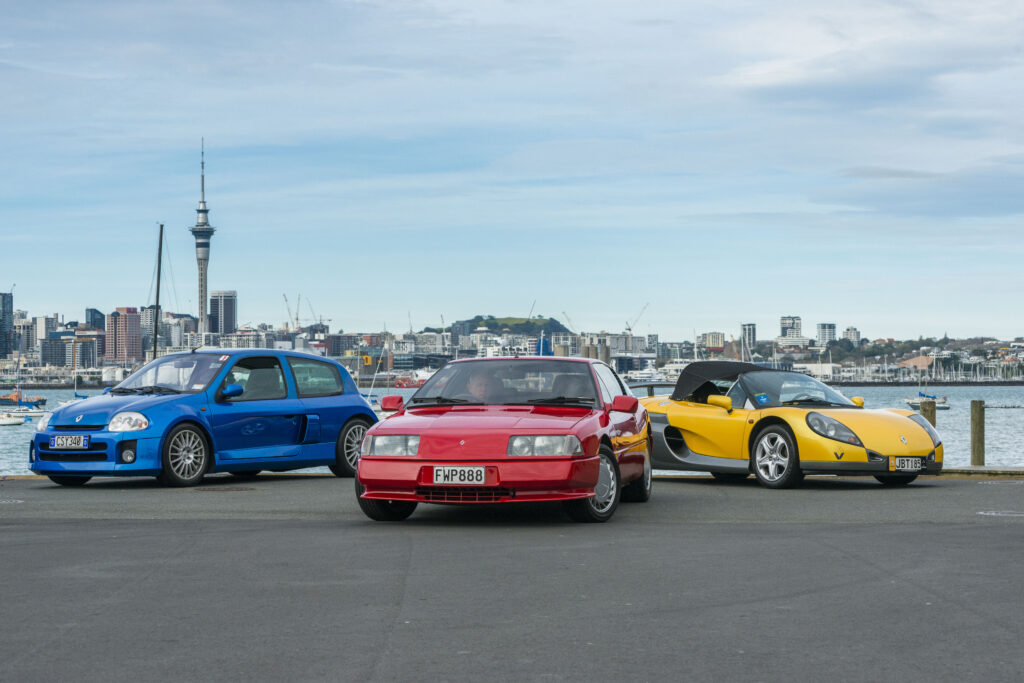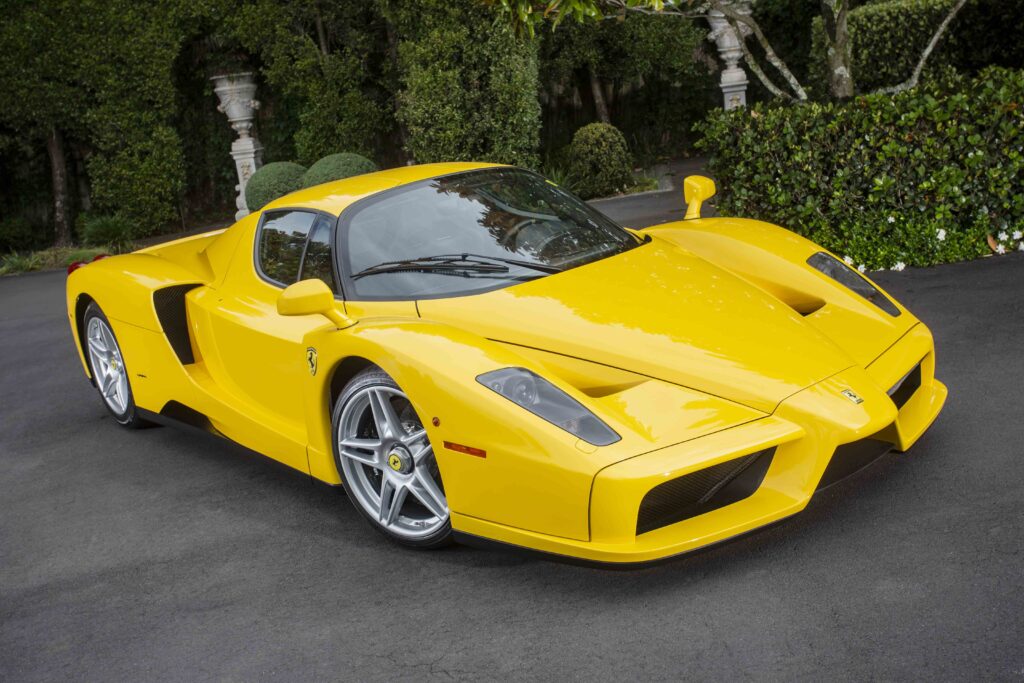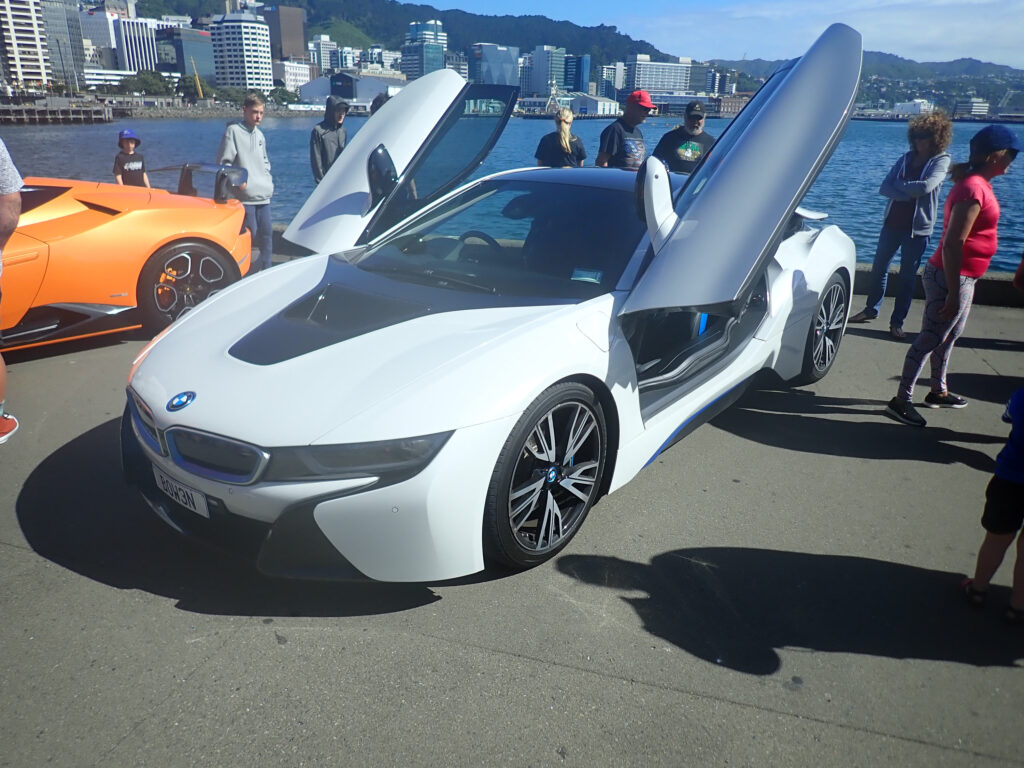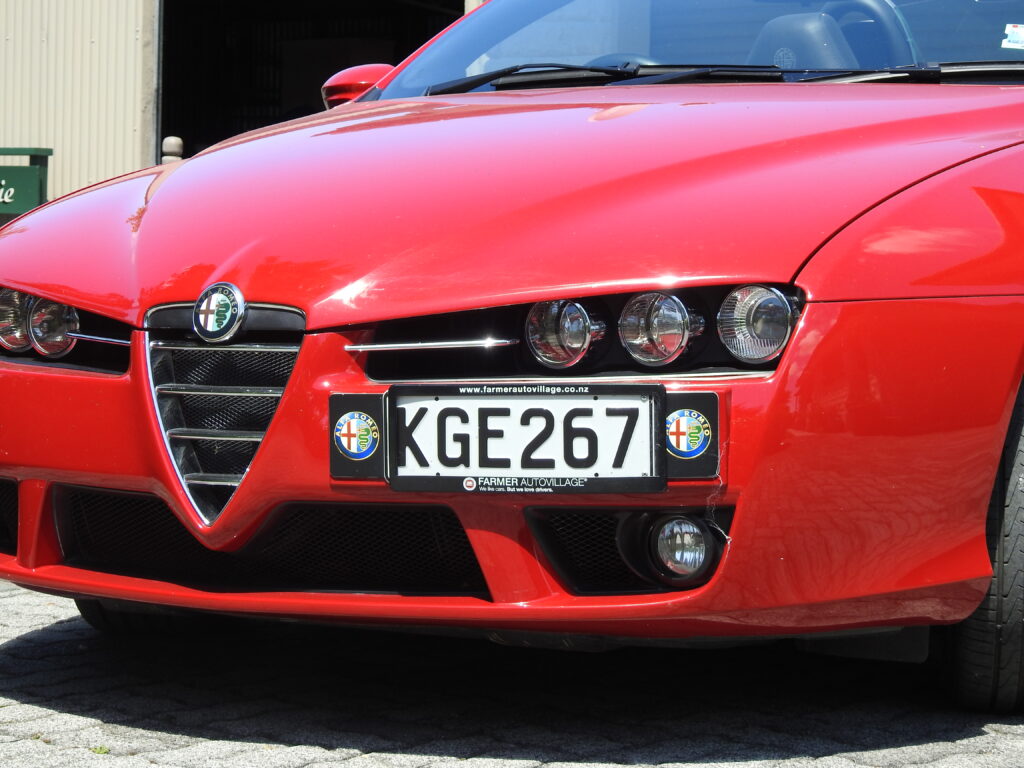
TVR Tasmin — proper wedge
Neville Wilson of Napier has been a keen member of the Vintage Car Club for most of his life. He showed me the collection of cars in his garage, including a 1937 Dodge Coupe he has owned for 25 years. Behind that was a 1929 OHC Morris Minor that has been in the family for even longer. It was considered a good buy in 1961. Now retired, Neville enjoys going for runs with other
club members, especially on balmy spring days in a car with the roof down. What could be better than doing it in an old roadster, preferably something with a bit more get up and go than the Morris, lovely though it is? Its 20bhp (15kW) 847cc engine makes it considerably faster than a single horse and cart but not much else.







